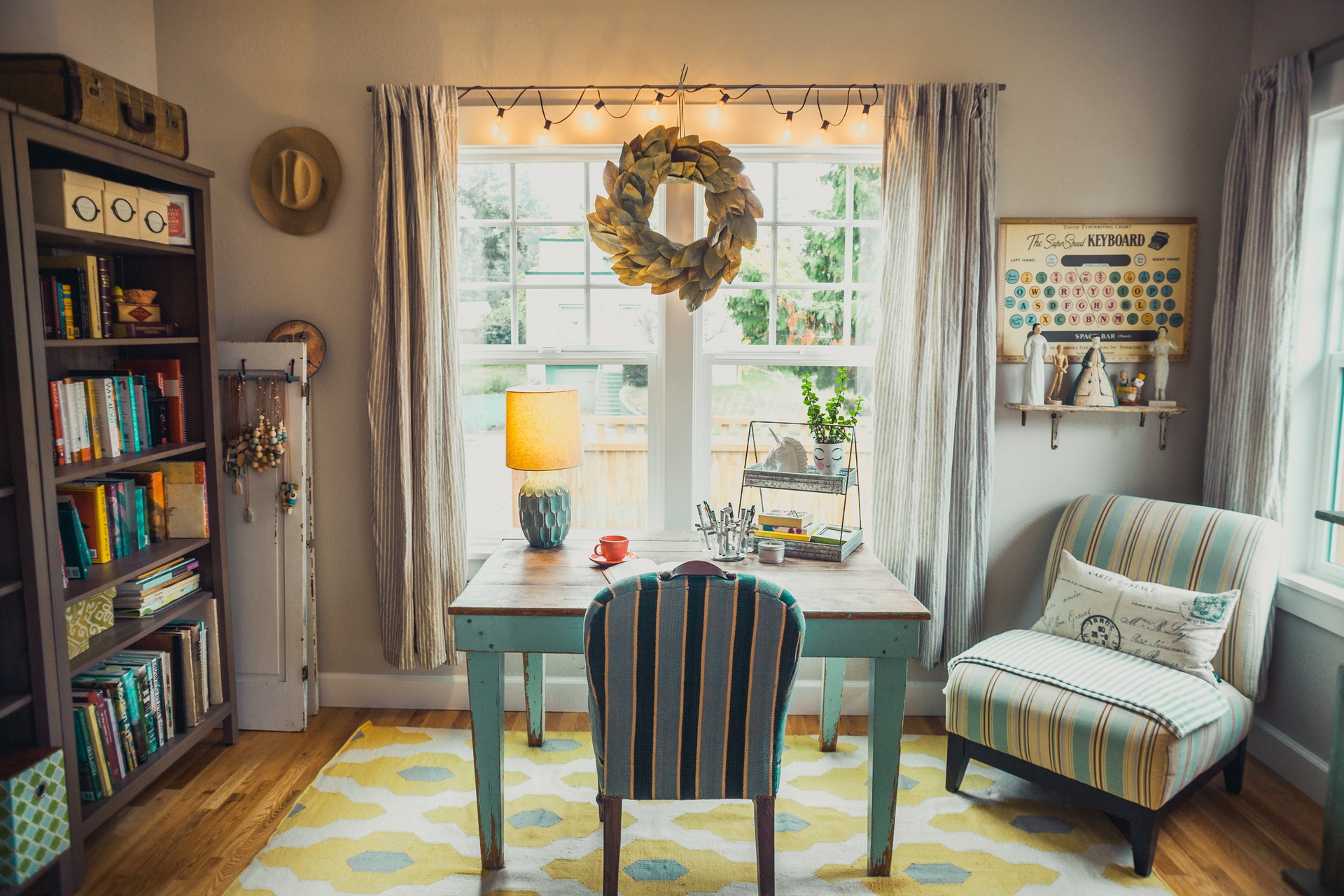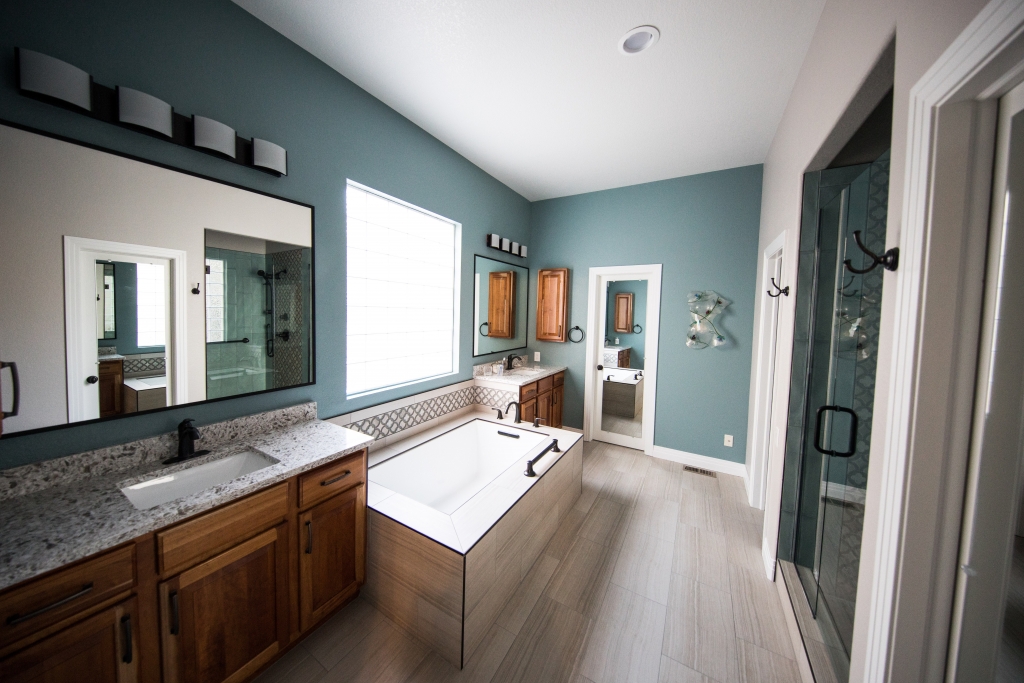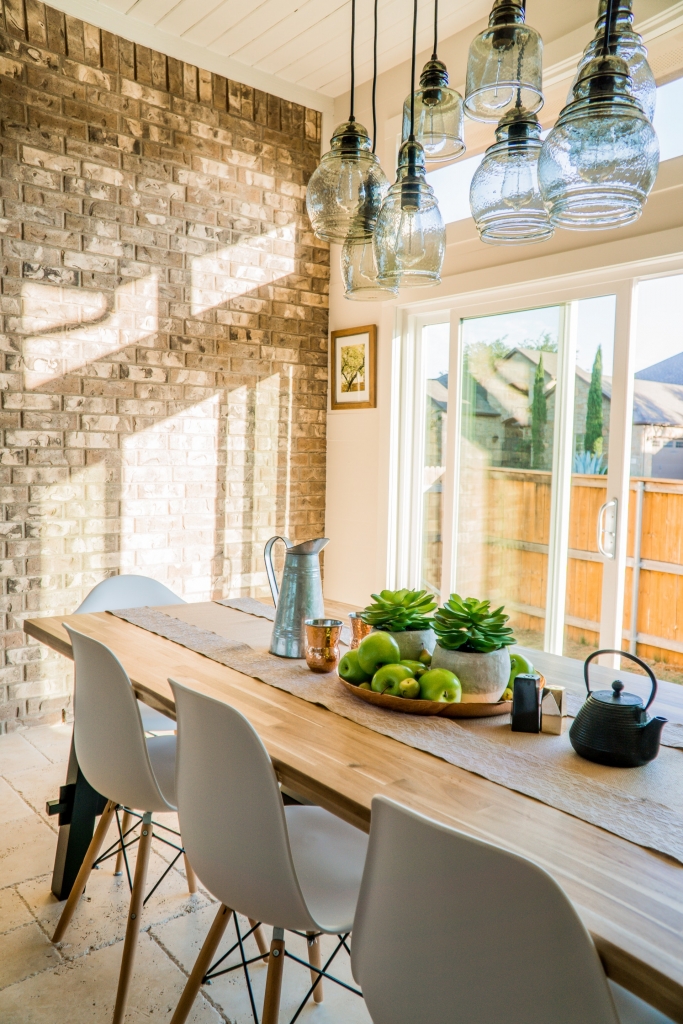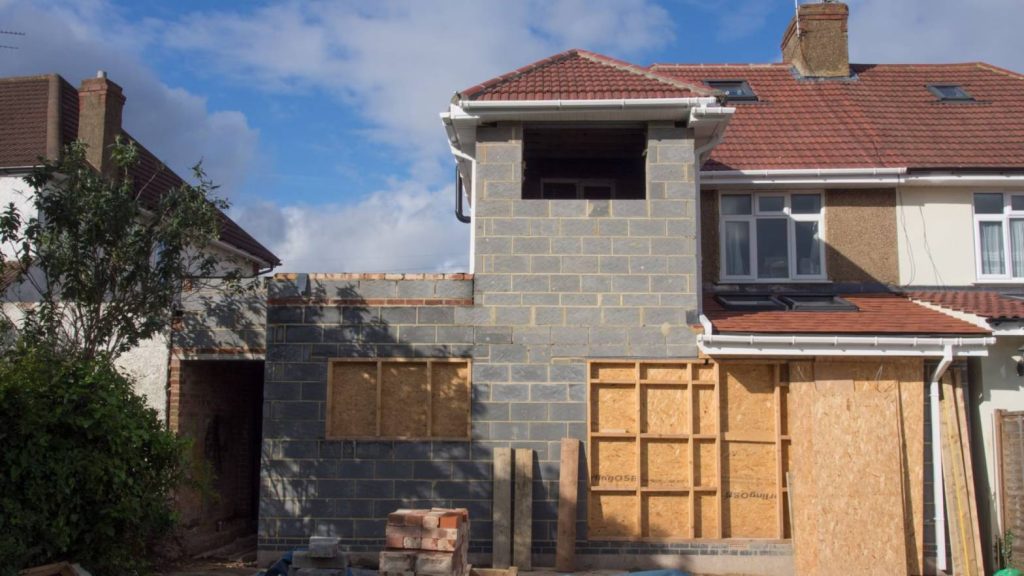
13 Science-Backed Decorating Tricks to Create a Modern Relaxing Home
Have you ever been to a psychologist’s office? You may not notice but their office interior, from the color palette used to the artworks hanged, is designed to invoke a feeling of calm and facilitate healing.
Well, they use psychology to create a relaxing ambiance for their clients. If you’re feeling stressed or overwhelmed lately, you, too, can adapt these 13 home improvement tricks to transform your space into a serene haven you’d love to come home to.
Table of Contents
1. Go for calming colors

Pastels and earthy tones are your best friends. If you want something beyond the classic beige and taupe, go for soft, cool tones like dusty blue, sage green, and lilac, which help lower your blood pressure. When in doubt, take visual cues from the color of the ocean. If you want warm tones, opt for soft, muted hues like dusty pink, and light yellow. Avoid bright reds and yellows, which raise your blood pressure and make you lose your temper.
2. Keep your home clutter-free

“Tidying orders and relaxes the mind,” says Marie Kondo.
Clutter isn’t just visually distracting – it’s also one of the leading stressors in the house. Anxiety builds when there’s just too much stuff to see in a cramped space.
Start creating a stress-free home by getting rid of clutter. Start cleaning up the area people always see and stay in: the living room. Keep ornaments and decorations to a minimum, and just display a few pieces you love. Assess your things: which ones should be thrown away, donated or sold, and kept in storage boxes?
3. Maintain order in your space

Next to getting rid of the clutter, make sure you maintain order to create a stress-free, functional home.
It has to do with the number and organization of the items in your space. Decorate depending on the function of the space. Put the items you always need and use within your reach. Display the items you want to see every day, such as selected pieces of home décor. You should also invest in storage pieces.
4. Bring outdoors indoors

Display decorative natural objects, like houseplants and flowers. Scientific studies and Feng Shui teachings alike demonstrated how plants can help remove stress and negative energies and connect your home with nature. Decorate with natural elements too, like wood and stone.
Opening your windows to have views of landscapes is another great way to bring the outdoors in.
5. Use positive distractions

Ever wondered why the P. Sherman, the dentist in Finding Nemo who lives 42 Wallaby Way, Sydney, has a fish tank? Water, live animals, and natural elements in the fish tank helps patients calm down, especially when anticipating a frightening situation, like tooth extraction.
Looking into aquariums, peaceful landscapes, and other inviting natural sights helps give your mind a rest, distracting you to step out of the thinking realm and go into the feeling realm.
6. Let there be natural light
https://www.instagram.com/p/ByZC2TrlQhB/?utm_source=ig_web_copy_link
Natural light is a big mood booster, whether it’s the soft morning light or the warm glow of the setting sun. Create a light, airy, and inviting space by letting the light in.
7. Create a seamless flow
https://www.instagram.com/p/B4Q_W5zlPwm/?utm_source=ig_web_copy_link
Can barely get from the couch to the kitchen banging your leg on a piece of furniture? It may be time to rearrange your furniture.
If the small square footage is to blame, be ready to get rid of some furniture pieces or replace them with sleeker, smaller versions. Make sure you can get to point A to point B easily and safely.
8. Display art and decor pieces that promote relaxation
There’s no doubt that a piece of art can help lift your mood and beautify your home. But if you’re hanging art for relaxation, go for simple images of something that relaxes you– like a painting of a seascape, a bench in the middle of a landscaped garden, or a photo of a cat. Avoid images that are complex, distracting, and chaotic.
You can also place a small water fountain in your home and let the sight and sound of the flowing water put you at ease.
9. Hang solid proof of your achievements
Go hang the certificates you earned from the awards you had in school or at work. Display your hard-earned trophies and medals. Print some of your memorable travel photos and show them off. Doing so helps relieve stress, as you’re always reminded of your fruitful efforts and how far you’ve come.
10. Include personal elements
Other personal elements that help reduce stress include family photos, loved ones’ artwork, and travel mementos. Just make sure these elements aren’t overpowering that they reverse a sense of calmness and neatness.
11. Pick the right chairs
https://www.instagram.com/p/BroLkWrlKYv/?utm_source=ig_web_copy_link
Just because it’s just you and your partner living in the house doesn’t mean a two-seater chair would suffice. Get chairs that are soft and roomy enough to make you feel comfortable. You should also look for chairs with shoulder-height backs.
12. Designate a space for relaxing
Do you have a separate working space/home office, designed to boost your productivity? Do the same for your relaxation. Create a dedicated relaxation space and foster an atmosphere you can unwind in. It could be anywhere: a particular chair in the living room, a small spot in the bedroom, a spare room, or a small nook in the kitchen.
Since it’s a designated relaxation space, you should refrain from doing work-related tasks and other stressful activities here. Use this space for relaxing, sleeping, creating art, and doing the things you love. You may also enhance this room with natural scents and feel-good music to put you in the mood.
13. Bring in the big guns
Don’t know where to start? Consider hiring a qualified home builder or interior designer to give your space a zen makeover. They’ll look into your lifestyle and preferences, and then recommend a home design that’ll suit your needs.
November 15, 2019

















